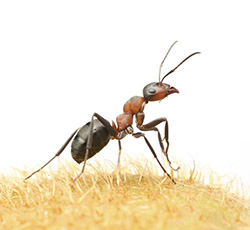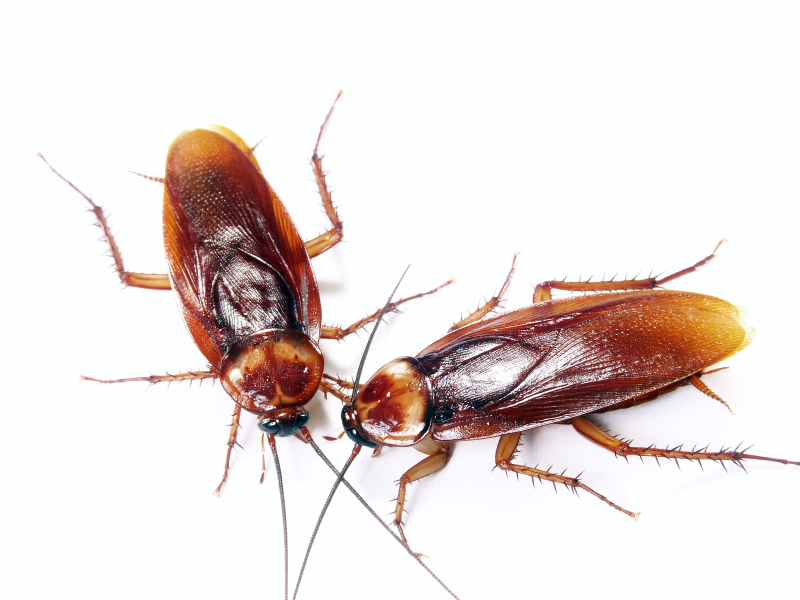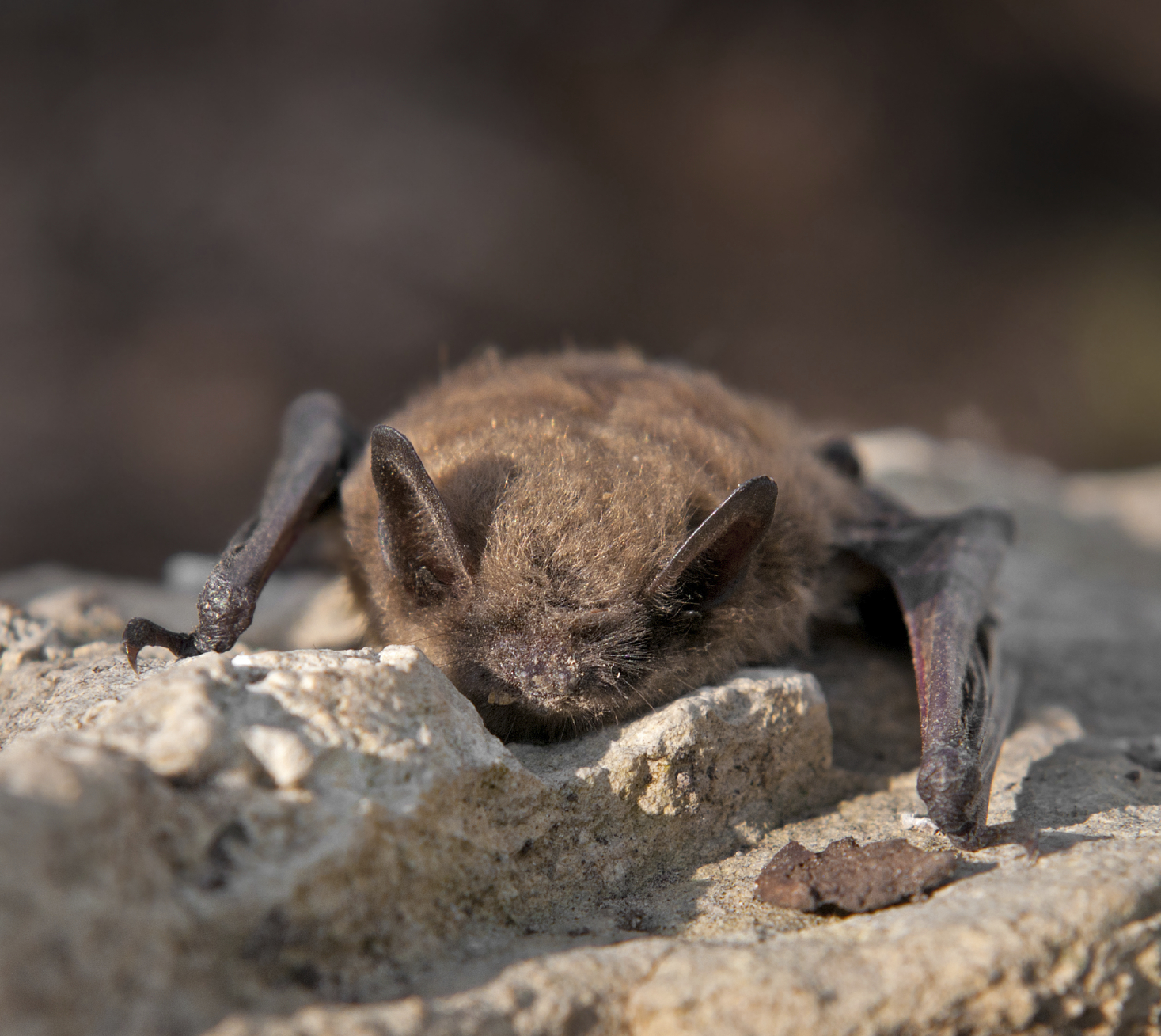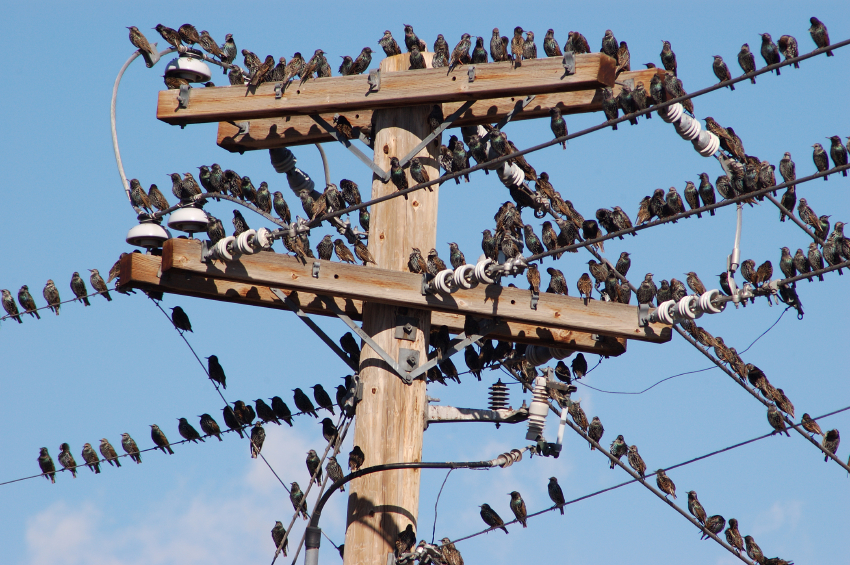Ants top the chart when it comes to being the number one annoying nuisance pest in Michigan and across the entire country for that matter. According to a survey from the National Pest Management Association, more than half of consumers list ants as their top pest concern.
Ants are a persistent bunch and are aggressive foragers when in pursuit of food and water. They typically find their sustenance “oasis” on the exterior of your home along sidewalks, under stones and in landscape beds. However, if the great outdoors can’t offer them what they want ants will blaze a trail for your front, back or side door.
Ant Awareness – which ones are a problem?
The most commonly encountered ant species in Michigan and the ones Griffin Pest Solutions receives the most calls on are the carpenter and pavement ant. Michiganders may also encounter the acrobat, thief, pavement, and odorous house ant trying to set up shop in their yard or home.
While all the above mentioned ants species are annoying with a capitol “A”, the carpenter ant presents a threat to the structural integrity of your home. Carpenter ants excavate wood – they do not eat it – in order to build their nests; this “hollowing” can compromise the structural soundness of the wood.
Where do you find most ants?
On the exterior of your home carpenter ants – which are 1/8 to ½ inch long and black in color – nest in hollow trees and stumps. Indoors you can find them setting up shop in enclosed spaces that are consistently damp or wet.
Carpenter ants are attracted to excessive moisture conditions around windows, doors, showers, bathtubs, dishwashers, leaky pipes and drains, and under leaky roof shingles or roof vents. They have also been found in dry areas such as hollow-core doors and false beams, and foam insulation.
The pavement and other ants we mentioned earlier are typically found in kitchens, pantries, closets and bathrooms. This reinforces the fact that pests, ants included, are attracted to easy access to food and water sources. On the outside these ants are commonly found on driveways, patios, sidewalks along with flower and shrub beds.
What can you do about these ants?
Although ants can be difficult to control once they have entered a home, the following preventative measures will help you keep ants from bugging you:
• Wipe up crumbs and spills immediately
• Store garbage in sealed containers and remove from the home frequently
• Keep food packages closed or sealed and store products in air-tight containers
• Avoid leaving food on counters or pet food bowls on the floor for long periods of time
• Repair holes or gaps in window and door screens
• Seal cracks and holes on the outside of the home including entry points for utilities and pipes
• Store firewood away from the house
• Keep tree branches and shrubbery well-trimmed and away from the house
• Replace weather-stripping and repair loose mortar around basement foundation and windows
• Visit http://www.pestworld.org/pest-guide/ants/ for additional ant awareness tips and info
Now that you’ve got “ant awareness”, you’re next step is “ant protection”. If you have questions or concerns about ants in and around your home, call or e-mail Griffin Pest Solutions at 888-547-4334 or callcenter@https://www.griffinpest.com/ for more information. You can also get an instant, no obligation estimate online at www.https://www.griffinpest.com/.






